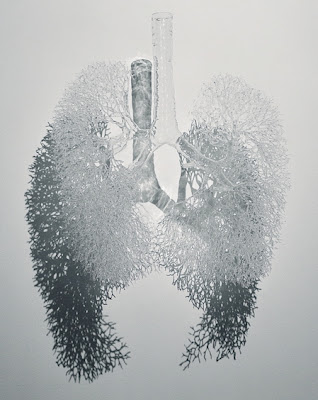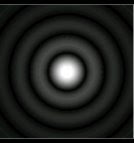
The familiar tick of scientific data...in a necklace.
"Modern life seams to be increasingly reliant on numbers that can be transposed into graph's, from the stock exchange to your heart beat, from global warming to traffic congestion rates. This piece of jewelry symbolizes mankind's cartesian way of defining the world, in an object supposed to embody our most emotional aspirations.This jewellery is not about eternal beauty but about results. "
But I'm waiting for the spectrum in a bracelet...
from Dutch designer tjep.












